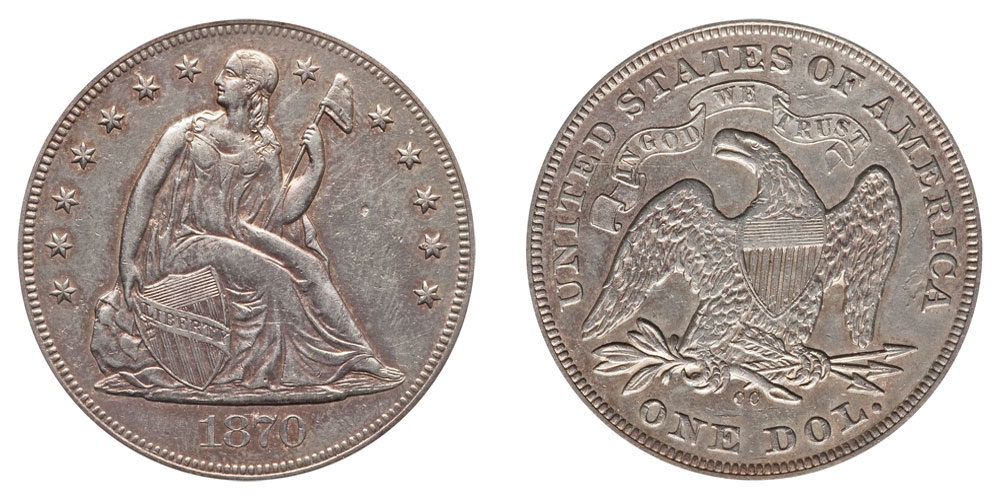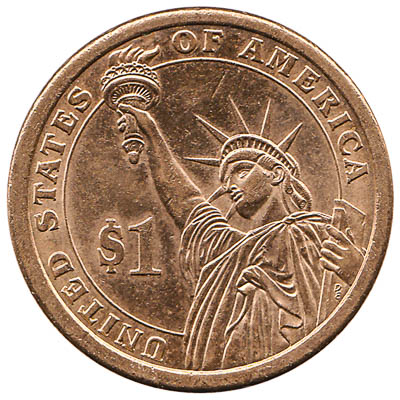- APMEX 800-375-9006: Find Seated Liberty Dollar coins at APMEX in a variety of conditions, with different years and mint marks. American Silver dollars come in a variety of designs, and the Liberty Silver Dollars are famous for their inspiring design.
- Liberty dollar may refer to: Liberty dollar (private currency), a private currency produced in the United States; Dollar coin (United States), various dollar coins of the United States, including: Flowing Hair dollar, the first dollar coin issued by the United States federal government, depicting the goddess Liberty and bearing the inscription.
- 1979 Liberty Dollar
- Liberty Dollar 2000
- Liberty Dollar 1922
- Walking Liberty Silver Dollar
- Liberty Dollars 1971

Now that the Liberty Dollar Network is a reality and beginning to find some acceptance and goodwill, it’s time to turn our thoughts toward the future. In doing so, it is necessary to decide just how Liberty Dollars can best benefit the people who will want to use it. In order to be of benefit, it must meet certain criteria, and these are listed below.
Seated Liberty Dollar (1840-1873) The Seated Liberty Dollar was the second Silver Dollar produced by the US Mint, and unlike its predecessor it remained in production for more than a decade. In fact, the Seated Liberty stayed on the production lines of the US mint for more than 30 years.
- It must have a value that is stable and not subject to inflation.
- It must be usable to purchase items needed or desired by its users.
- It must be capable of being used not only locally, but over distance.
- It must be capable of transitioning from a digital form to a physical form and back again.
- It must be measurable against national currencies.
- It must be durable and managed with stability.
Most people would recognize in the lines above a description of a pretty good monetary system, one that is built to last and remain in use for a long time. These are the goals we hope to achieve with Liberty Dollars, and we can now discuss how to make them come to fruition.
Let’s take these points one at a time and look them over closely, shall we?
- It must have a value that is stable and not subject to inflation.

Liberty Dollars are all backed by .999 fine silver. They are based on Silver at $25 per ounce, which means that each ounce of silver secures 25 Liberty Dollars. Anyone who has a total face value of 25 Liberty Dollars can redeem them for that ounce of silver, and that means that the value is real, rather than dictated by an order of government.
- It must be usable to purchase items needed or desired by its users.
Liberty Dollars are legal for use in barter, and the Liberty Dollar Network has even created an online store where Liberty Dollars and eLD can be used to acquire many things useful in daily life everywhere. Food, Clothing, Furniture, Electronics and more are available at the Liberty Dollar General Store and can be shipped anywhere. Since anyone can make purchases there with eLD, small merchants can accept Liberty Dollars for their own goods and services, secure in the knowledge that they can use them to get things for themselves.
- It must be capable of being used not only locally but over distance.
This issue is already dealt with in the use of eLD. ELD can be sent through the internet to anywhere in the world, to make payment for a purchase or simply to send money to a loved one.

- It must be capable of transitioning from a digital form to a physical form and back again.
We have been planning to implement regional/community offices to help integrate the currency into local economies. In order to make the globalization of Liberty Dollars a reality, we’ll be taking a bigger step by using those offices as a sort of branch office. Users of Liberty Dollars will be able to take their silver Certificates there to be credited to their eLD accounts, or withdraw Certificates against their eLD balances. Since eLD can be exchanged through the internet and eventually through phone apps, it becomes as usable as a debit card.
1979 Liberty Dollar
- It must be measurable against national currencies.
Because Liberty Dollars are designed to be used in parity with US Dollars, there is an existing 1-to-1 exchange rate that will allow anyone to determine their local spending power. This will make it much easier for people who are accustomed to other currencies to figure out how to use them.
- It must be durable and managed with stability.
The Liberty Dollar Network is here to stay, and ready to dig in for as long as it takes to make this dream a reality. Toward that end, we are always on the lookout for top quality people to assist in management and development.

With all of the above going for us, we believe the Liberty Dollar Network can find its place among the financial institutions of the world. We will be working closely with regulating agencies to ensure that we are doing everything the right way as we grow, and we hope that you’ll be coming along with us on this journey.
The Liberty Dollar is being resurrected as an asset-backed cryptocurrency that, according to its developers, 'facilitates vaulted, physical ownership of precious metals and the real-time trading of physical precious metals.'
The cryptocurrency, identified as LD2, is the brainchild of Extra von NotHaus (son of Liberty Dollar creator Bernard von NotHaus) and Steven Brendtro.
The cryptocurrency will first appear with silver assets, with a future issuance to include gold assets.
According to the developers, the LD2 cryptocurrency is 'a blockchain-based digital warehouse receipt, issued by [ISSUER], with the precious metals backing on deposit with the [DEPOSITORY], and the [AUDITOR] providing a monthly examination of all holdings. The [AUDITOR] works on behalf of the token holders to verify that all issued tokens are backed by the prescribed amount of precious metals. This third-party vaulting verification and independent auditing ensures that there is exactly one troy ounce of physical precious metal in the vault for each token issued, at all times —– independent of token ownership. As a digital warehouse receipt, every LD2 token is fully redeemable through the [DEPOSITORY] for its precious metals backing.'
According to Extra von NotHaus, 'the first two issuances, LD2.zero and LD.silver, will be backed by silver before we issue a gold-backed version.'
The Liberty Dollar currency was first issued Oct. 1, 1998, by creator Bernard von NotHaus through his National Organization for the Repeal of the Federal Reserve (NORFED). NORFED subsequently re-branded itself as Liberty Services. On Feb. 10, 2003, the physical Liberty Dollar currency expanded into a digital currency, “eLD,” which functioned until Liberty Services suspended operations in 2009. According to the LD2.zero developers’ website, every Liberty Dollar issued, whether digital or physical, was, at any time, 100 percent backed by and 100 percent redeemable for the underlying precious metal.
The original Liberty Dollars were promoted by the issuer to be used in commercial transactions as an alternative to federal currency, including Federal Reserve notes. Liberty Dollars eventually drew the attention of federal authorities, who filed criminal counterfeiting charges against Bernard von NotHaus.
Liberty Dollar 2000
Bernard von Nothaus was sentenced Dec. 2, 2014, to three years probation following his March 9, 2011, conviction for “making coins resembling and similar to United States coins; of issuing, passing, selling, and possessing Liberty Dollar coins; of issuing and passing Liberty Dollar coins intended for use as current money; and of conspiracy against the United States.” Bernard von NotHaus faced up to 22 years in prison, the maximum sought by federal prosecutors.
'LD2 digital tokens are a warehouse receipt that guarantees its owner/bearer the precious metal stored in the insured vault,' according to the LD2 founders. 'With the initial issue of LD2.zero, each [digital] token is backed by one troy ounce of .999 fine silver. Since LD2 tokens represent silver on deposit at a vault, there is an inherent price floor to the token price. The LD2 issuance process is designed to ensure that the precious metals backing the token are in the vault and examined before any LD2 token is ever issued and sold.'
First, the issuer purchases the silver that is delivered to the depository, where the depository and auditor verify the deposit. The issuer issues tokens, with the tokens sold or reserved. Tokens are transferred to the holder that purchases them, and then circulate.
Should a token holder wish to redeem the token, the holder initiates the redemption process, the 1-ounce silver rounds are withdrawn from the depository for shipping, and the digital tokens destroyed.
Liberty Dollar 1922
The 1-ounce silver pieces will be struck in Rochester, New York, by North American Mint.
Walking Liberty Silver Dollar
Extra von NotHaus told Coin World June 19 that the 10,000 silver pieces to be struck for the initial offering will bear the designs that Bernard von NotHaus had created for the 20th anniversary of the Liberty Dollar in October 2018. Extra von Nothaus said the first 1,000 of the 10,000 20th anniversary silver pieces being struck are reserved for the firm to help finance expenses.
Liberty Dollars 1971
Bernard von NotHaus will be striking 1,000 additional silver pieces, beyond the LD2.zero 10,000 strikes, specifically for the 20th anniversary silver pieces. Those 1,000 pieces will be specially countermarked with an as-yet-unannounced marking, to differentiate them from the LD2.zero pieces. Once the available LD2.zero silver pieces are sold, silver pieces with a completely new set of designs, currently under development, will be offered, Extra von NotHaus said.